Transcription of The Plant-Based Diet - Kaiser Permanente
1 The Plant-Based Dieta healthier way to eatu Do you want to lose weight? u Do you want to feel better? u Do you want to improve, stabilize, or even reverse a chronic condition such as heart disease, high cholesterol, diabetes, or high blood pressure?u Would you like to take fewer medications? u Are you open to changing your diet if it could really improve your health?If you answered yes to any of these questions, then a Plant-Based eating plan may be for you. This booklet includes information to help you follow a low-fat, whole foods, Plant-Based diet . Eat food. Not too much. Mostly plants . Michael Pollan 1 What is a low-fat, whole foods, Plant-Based diet ? This eating plan includes lots of plant foods in their whole, unprocessed form, such as vegetables, fruits, beans, lentils, nuts, seeds, whole grains, and small amounts of healthy fats. It does not include animal products, such as meat, poultry, fish, dairy, and eggs.
2 It also does not include processed foods or sweets. What are the health benefits of a Plant-Based diet ? Lower cholesterol, blood pressure, and blood sugar Reversal or prevention of heart disease Longer life Healthier weight Lower risk of cancer and diabetes May slow the progression of certain types of cancer Improved symptoms of rheumatoid arthritis Less inflammation in the body Fewer medications Lower food costs Good for the environmentBest of all, a Plant-Based diet can be a tasty and enjoyable way to eat! Need convincing? Try a 30-day challenge! Use the information in this booklet to eat a Plant-Based diet for the next 30 days and see if it has a positive impact on your health. If it does, continuing with a Plant-Based diet may be a great option for you. = good health!2 Your New Food GroupsUse the following chart to help you choose the foods that you will need to thrive on your new eating you want to reverse heart disease, avoid nuts, seeds, and other fats and If you want to lose weight, choose the lower number of servings of nuts, seeds, starchy vegetables, and whole grains.
3 Talk to your registered dietitian or physician for more information. Choose unprocessed, whole foods instead of processed foods most of the time. Choose beans more often than vegetarian patties or links. Choose whole grains (barley, quinoa, or brown rice) more often than processed grains (bread or pasta). Choose fats from whole foods (avocado or olives) more often than processed oils (olive or canola oil). If you have diabetes or high triglycerides, limit fruit to 3 servings a day. If it came from a plant, eat it; if it was made in a plant, don t. Michael Pollan3 Non-Starchy VegetablesExamples of Food ChoicesDaily ServingsServing SizeProteinSpinach, kale, Swiss chard, mustard greens, collard greens, broccoli, bok choy, carrots, cauliflower, asparagus, green beans, brussels sprouts, celery, eggplant, mushrooms, onions, garlic, tomatoes, lettuce, sugar snap peas, summer squash, peppers, artichoke hearts, cabbage, cucumbersUnlimited, but eat at least 6 servings a day.
4 Include at least 1 serving of leafy green vegetables a cup 2 gramsStarchy VegetablesExamples of Food ChoicesDaily ServingsServing SizeProteinPotatoes,* yams, winter squash, corn,* green peas, cassava (yuca), plantains2 4 servings cup2 gramsFruitsExamples of Food ChoicesDaily ServingsServing SizeProteinApples, oranges, bananas, berries, melon, papaya, grapes, mango, pineapple, kiwi, apricots2 4 servings1 medium piece1 cup berries or melon 1 gramBeans, Peas, Lentils, or Meat AlternativesExamples of Food ChoicesDaily ServingsServing SizeProteinWhole foods: Kidney, black, garbanzo, pinto, great northern, and adzuki beans; lentils; edamame* (green soybeans); green and black-eyed peas; tofu;* tempehProcessed: Processed soy* or other protein patties or links (choose very rarely)2 5 servings cup cooked beans7 10 grams*Choose GrainsExamples of Food ChoicesDaily ServingsServing SizeProteinWhole grains: Bulgur, quinoa, oats, brown or wild rice, buckwheat, barley, amaranth, farro, whole wheat, rye, millet, sorghumProcessed grains: Whole-grain bread, whole-grain unsweetened cereal, whole-wheat tortillas, whole-wheat pasta5 8 servings cup cooked grain cup dry cereal1 slice bread1 small tortilla4 8 gramsNuts and Seeds (avoid if you have heart disease)Examples of Food ChoicesDaily ServingsServing SizeProteinAlmonds, cashews, sunflower seeds, walnuts, pistachios, flaxseeds, chia seeds, nut butter1 4 servings1 ounce ( cup) nuts2 tablespoons nut butter4 8 gramsFats and Oils (avoid if you have heart disease)Examples of Food ChoicesDaily ServingsServing SizeProteinWhole foods: Avocados, olivesProcessed oils.
5 Canola, extra virgin olive, and flaxseed oil0 2 servings avocado8 large olives1 teaspoon oil0 gramsDairy AlternativesExamples of Food ChoicesDaily ServingsServing SizeProteinUnsweetened milks, such as soy, almond, rice, and hemp (look for brands fortified with vitamin B12); soy, rice, and almond milk cheeses0 2 servings1 cup milk1 ounce cheese1 9 grams5 Tips to Get Started Think about the meatless meals you already cook at home. This may include whole-wheat pasta with marinara sauce; black beans and rice; or lentil soup and salad. Change a favorite recipe to be Plant-Based . Make burritos or tacos with beans, rice, and vegetables without the meat and cheese. Prepare chili with beans and no meat. Replace burgers with veggie burgers or grilled portobello mushrooms. Make kebabs with vegetables such as onions, bell peppers, summer squash, and mushrooms. Make lentil or split pea soup without adding meat or using chicken or beef broth.
6 Try some new recipes. Check the end of this booklet for a list of books and websites that have recipes you can try. You can also get cookbooks from your local library or Kaiser Permanente Healthy Living Store. Frozen fruits and vegetables are an easy and low-cost way to eat more When you cook beans from scratch, the quick-soak method can help remove some of the indigestible sugars that cause gas. Put the beans in a large pot and cover with 2 inches of water. Bring to a boil for 3 minutes. Cover and set aside for 1 to 4 hours. Rinse and drain well. Make sure to drink plenty of water. It is best to avoid juice, soda, and other sugary drinks. Choose organic foods when possible, especially corn, vegetables, fruits, and soy products. Check out a local farmers market for good deals on produce. Sometimes, cooking Plant-Based meals can take more time. To save time: Make a larger pot of beans or lentils and freeze some for later.
7 Buy precut fresh or frozen vegetables. Buy precooked grains, such as barley, farro, or brown and wild rice. When baking yams or potatoes, make a few extra to use in the next meal. Use canned beans, including nonfat refried beans. Try firm tofu cut in slices and seasoned with spices and green onions. Use spices and fresh herbs to add flavor. If your family is not following a Plant-Based diet with you: Cook meat separately and add it to the other Plant-Based foods. Encourage your family to try more meatless meals. Try new recipes they might enjoy, such as five-bean chili without meat or portobello mushroom burgers. You might need to add a few items to your kitchen, including: A good chef s knife to cut vegetables, fruits, and other Plant-Based foods7 A blender or food processor A large pot, pressure cooker, or crockpot to cook beans A nonstick panTips to Use Less Oil Saut vegetables with a small amount of water or vegetable broth instead of oil.
8 You can also roast or bake vegetables without oil. Replace oil in baked goods with bananas, apples, applesauce, soaked raisins or prunes, dates, or tofu. Make oil-free salad dressing by adding extra vinegar or juice in place of oil with garlic, spices, and fresh herbs for flavor. You can also blend a small amount of hummus with vinegar or lemon juice and Plant-Based MealsThe Plate Method Use the plate method to portion your food in an easy and healthy way for lunch and dinner. Fill of your plate with non-starchy vegetables. Fill of your plate with a healthy grain or starchy vegetable. Fill of your plate with a Plant-Based protein. Add a fruit, a salad, and 1 ounce of nuts. 8 Black beans with quinoa and grilled vegetablesBlack-eyed peas with yams and greensThe Plate Method Examples9 Meal IdeasBreakfast: Have oatmeal, quinoa, or barley with nuts, fruit, and unsweetened almond, rice, hemp, or soy milk.
9 An ounce or two of nuts and a piece of fruit is a quick and easy option. You can also make a smoothie with a tablespoon of almond butter, a banana, some unsweetened almond milk, and even a handful of kale or other green leafy vegetable, or try a tofu scramble with and Dinner: Have a large salad or a large serving of cooked non-starchy vegetables with beans and potatoes or a whole grain. Sample MenusDAY ONEB reakfast Breakfast burrito with beans and vegetables Hot tea or coffeeLunch Whole-wheat pita with hummus, tomatoes, red onions, and cucumber Kale saut ed with vegetable broth Salad with vegetables and balsamic vinegar Banana Unsweetened teaDinner Grilled portobello mushroom burger with caramelized onions Quinoa and bean salad Broccoli Kale salad Strawberries Unsweetened tea10 DAY TWOB reakfast Oatmeal or barley with blueberries, walnuts, and soy milk Hot tea or coffeeLunch Split pea, carrot, and barley soup Salad with spring mix, vegetables, kidney beans, and balsamic vinegar and mustard Orange Sparkling mineral waterDinner Tacos with whole-grain tortillas, grilled vegetables, potatoes, avocado.
10 And salsa Pinto beans Salad with vegetables and balsamic vinegar and mustard Mango Sparkling mineral water Tips for Eating OutMany restaurants offer some meatless options or side dishes. Restaurants are often willing to make changes to menu items by switching to meatless sauces, removing meat from stir-fries, adding vegetables or pasta in place of meat, and using less or no oil. Restaurants that make food to order may be more willing to make these changes. Many ethnic restaurants, such as Indian, Chinese, and Thai, offer a variety of Plant-Based dishes and sides. Check the website to find a meatless restaurant near you. 11 Special Nutrients to ConsiderProtein Protein is in every cell of the body. It is used to build and repair muscles, bone, skin, and the immune system. We also need it to make hormones and enzymes. Proteins are made up of amino acids. Your body can make some of the amino acids, but not all of them.
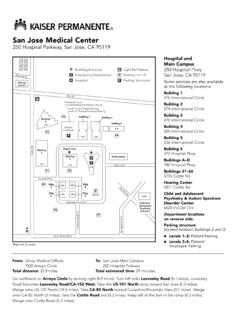
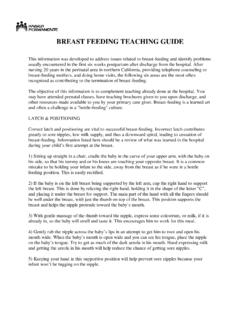
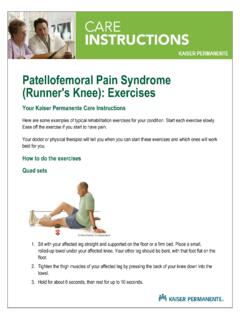
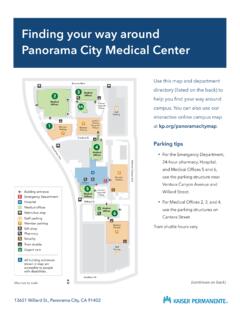
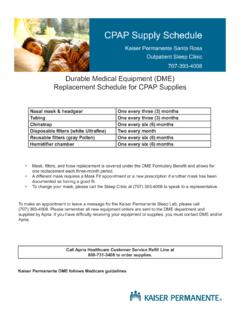

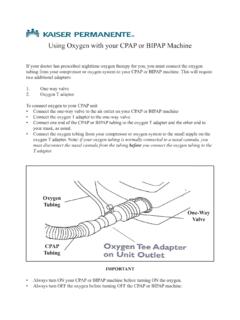
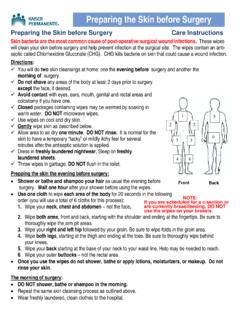
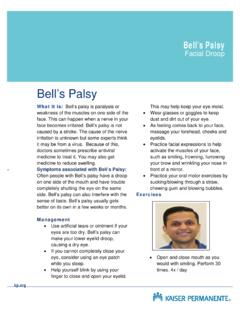
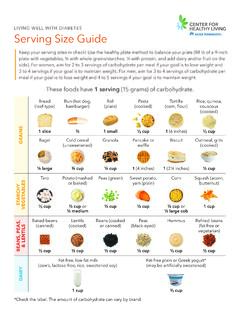
![BNT162b2 [COMIRNATY (COVID-19 Vaccine, mRNA)] Booster ...](/cache/preview/9/3/9/f/7/b/4/3/thumb-939f7b43adfa9259f9422287bac220af.jpg)


